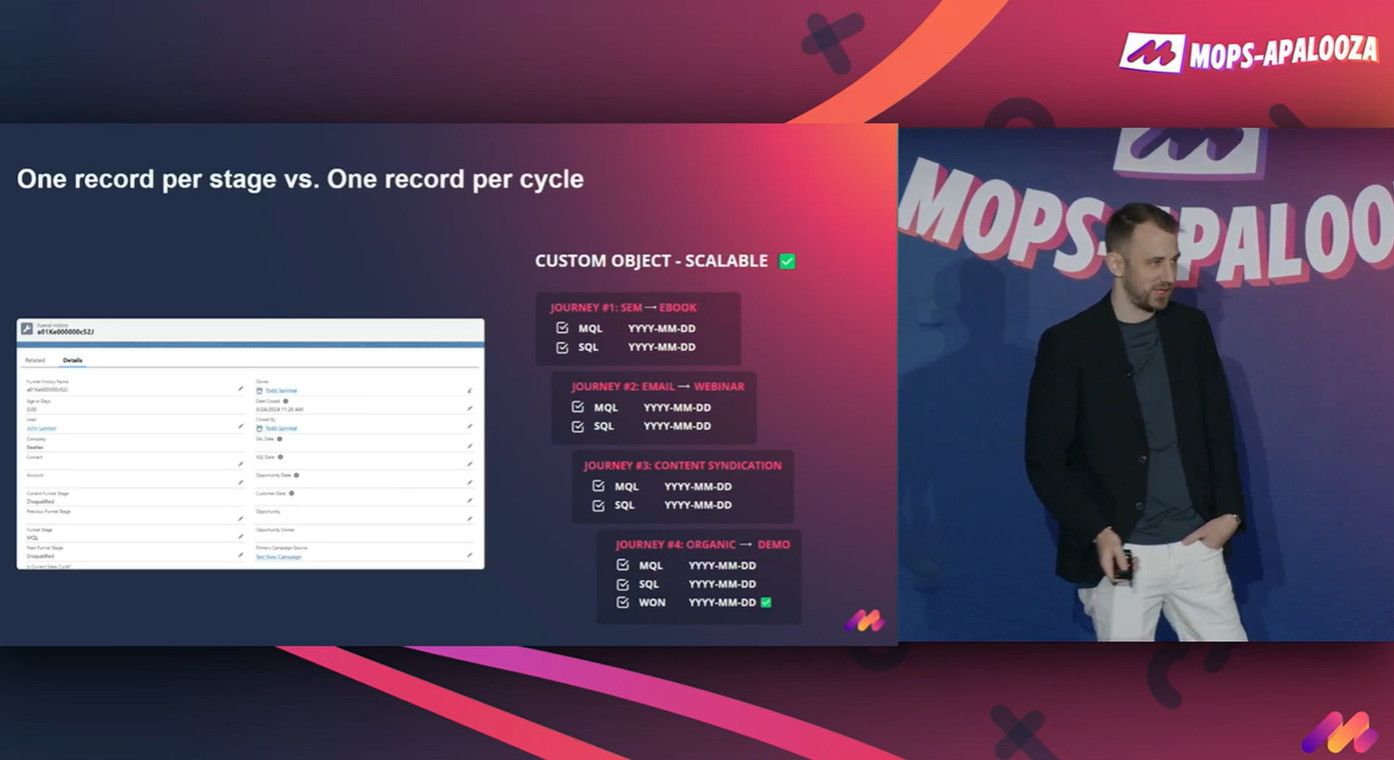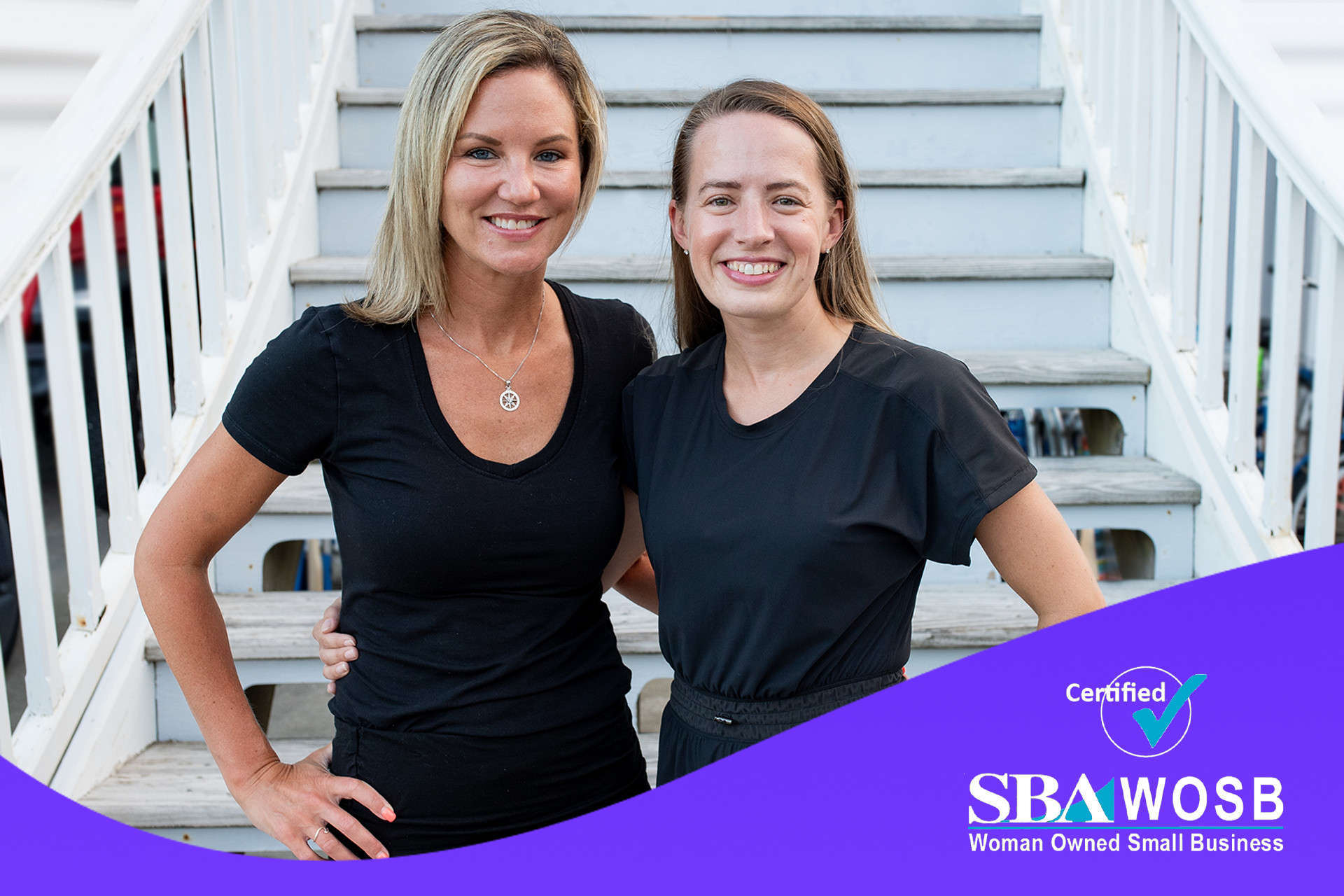Can you be a digital nomad and a full-time employee? Sixty-five percent of digital nomads are self-employed as business owners, freelancers, or gig workers. They, of course, set their own hours, however I’m a full-time employee for a US-based (albeit fully remote) company. This past winter, I backpacked for 3 months across 3 continents and 11 countries, all while balancing my usual workload. Here’s what I got right about trying out the digital nomad life, and what I’ll do differently for my next adventure.
>> Related: The Pandemic Was Actually Good for Our Work Culture <<
In this post:
Start the conversation early
We talk a lot about change curves at Sponge.io. Demanding flexibility after I booked my flights would not have gone well. Instead, as soon as I started daydreaming of a big trip, I began talking to leadership: “Is this possible? Has anyone done this? What would it look like?”
Turns out, our CEO actually lived in Puerto Rico for a year, and once worked remotely from Japan for two weeks. Together, leadership and I co-created expectations about workloads, meetings, and overlapping office hours.
Over-communicate expectations
The most important thing to coordinate? Meetings. Sponge.io usually hosts internal and external sprint calls early in the week, so I consolidated all my meetings on Monday/Tuesday, during times convenient for our East Coast team and clients. That meant I often had meetings late at night, but it was predictable and efficient. Since my team was being flexible, I wanted to be flexible too.
I blocked off my calendar during non-working hours so coworkers could easily see when I was available for calls. Even though I ultimately worked from a couple different time zones, these blocks of availability were consistent in Eastern time.
Pack what you honestly need
I was country hopping with just a backpack and had to scrutinize every ounce. But being in tech, some extra equipment was needed: a compact portable monitor, my laptop, mouse, keyboard, earphones, and extra travel adapters/plugs. Working in MOPs requires a lot of careful QA and spreadsheet work, otherwise a portable monitor isn’t always needed. It just is what it is.
Don’t assume you’ll have WIFI
Trains, AirBNBs, and hostels often had unreliable WIFI (plus, Zoom calls and screensharing eat up an enormous amount of bandwidth). In retrospect, I should have brought a powerful hotspot for peace of mind.
Alternatively, because digital nomading has become so popular, many cities have a variety of coworking spaces and quiet coworking cafes. It’s a great option if you’re worried about unstable WIFI, or want to meet other digital nomads.
Count on being more productive
Working in time zones that started the day earlier than the U.S. meant I was always able to focus – there were no Slacks, emails, or fire-drills to interrupt my work. My meetings were all consolidated, and I was able to prepare for them hours in advance. It was a productivity dream!
Experiment with your work hours
It took me a few tries to settle into a schedule that felt productive and sparked joy. When I was in the Middle East, I completely shifted my schedule and worked during the evenings (local time). This actually worked better for my team and clients because we had more time to overlap, and I was able to adventure all day then bang out my work/meetings at night. I was also traveling in the winter, and was happy to be holed up when it was dark and chilly outside.
Don’t travel on weekdays
I learned this the hard way! “Quick train rides” to a new city gobbled up time commuting to/from the station, and I also needed some extra time to resettle into my new space. Often times, trains that promised WIFI didn’t actually have working WIFI. You will definitely feel more at peace relocating Fridays after work or during the weekend.
Stick to 1-2 time zones
I did a lot of hopping in a short amount of time. Having to solidify a new schedule in each city and sometimes having to get used to a new time zone can be overwhelming. I found it easy to stick to just a couple time zones during my travels. This really helps you stay grounded throughout longer trips, and avoids your coworkers having to guess what time zone you’re working in each day.
Stick to what works for your and your team. Ideally, you want to have at least a few hours of overlap with your clients/coworkers each day. I worked with some folks on the Pacific coast during my trip and we… never spoke outside of email/Slack.
Don’t do this in the fall/winter months
I timed my trip for fall and winter when Sponge.io naturally takes off work for ~two weeks, flights/lodging are a bit cheaper, and cities are less crowded. However, in most places I was traveling, it got dark between 3-5pm local time. This meant that I didn’t always have time to adventure at night. And unfortunately, in some cities I didn’t feel comfortable stepping out after sunset as a solo female traveler.
Log off and enjoy yourself!
After working hours, it was sometimes difficult to hop offline when the rest of your team is still online. I had to remind myself that my workday is over and that email can wait until the next day. Follow the work schedule you set for yourself, and don’t fall into the trap of overworking! It truly is a balance of work and life.





